News
-
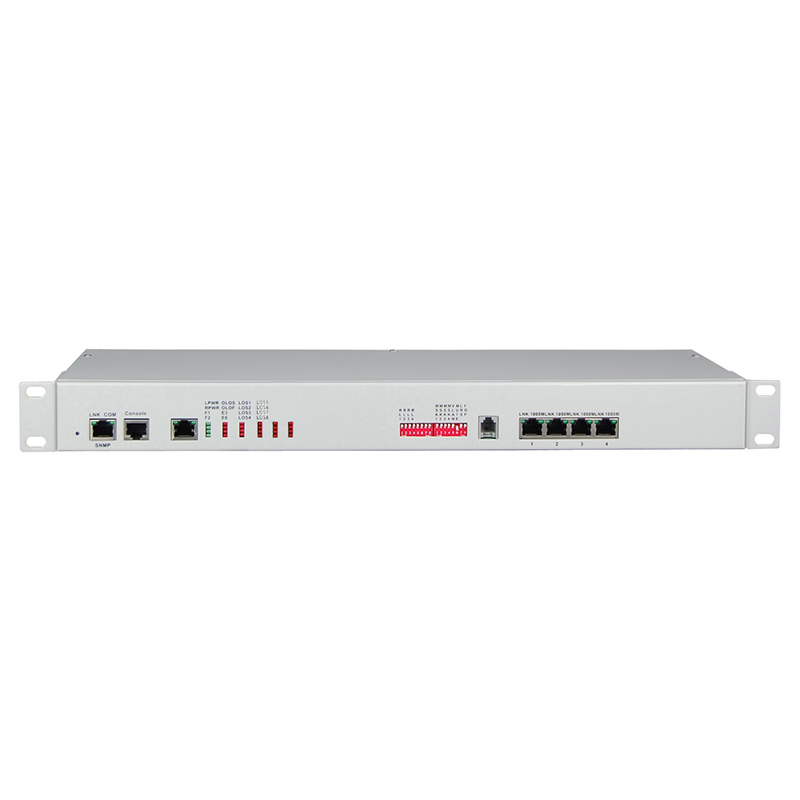
What is the role of a protocol converter?
The protocol converter can generally be completed with an ASIC chip, which is low in cost and small in size. It can perform mutual conversion between the Ethernet or V.35 data interface of the IEEE802.3 protocol and the 2M interface of the standard G.703 protocol. It can also be converted between...Read more -

Current Situation and Development Prospects of Industrial Switches
1. Industrial switches are also called industrial Ethernet switches. Under the current situation, with the continuous and rapid development and advancement of network technology, the demand for networks in the industrial field, especially in the field of industrial control, has become more and mo...Read more -

A few points about fiber switch parameters
Switching Capacity The switching capacity of the switch, also known as the backplane bandwidth or switching bandwidth, is the maximum amount of data that can be handled between the switch interface processor or interface card and the data bus. The exchange capacity indicates the total data exchan...Read more -

How does a router work?
A router is a layer 3 network device. The hub works on the first layer ( the physical layer) and has no intelligent processing capabilities. When the current of one port is passed to the hub, it simply transmits the current to other ports, and does not care whether the computers connected to othe...Read more -

How are optical transceivers divided according to technology types and interface types?
Optical transceivers can be divided into 3 categories according to technology: PDH, SPDH, SDH, HD-CVI. PDH optical transceiver: PDH (Plesiochronous Digital Hierarchy, quasi-synchronous digital series) optical transceiver is a small-capacity optical transceiver, which is generally used in pairs, a...Read more -
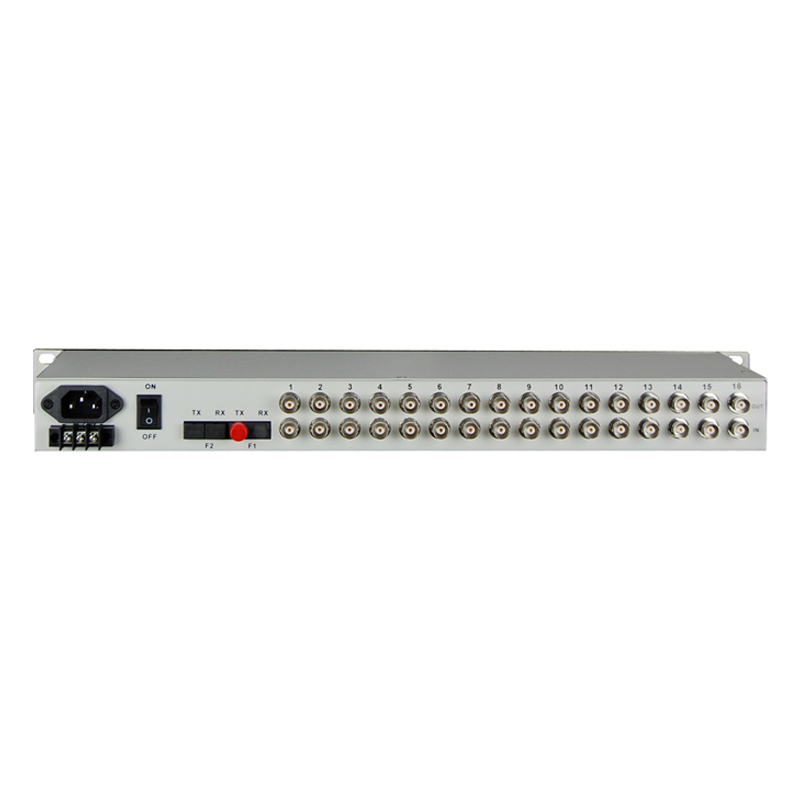
What does the optical transceiver 2M mean, and what is the relationship between the optical transceiver E1 and 2M?
Optical transceiver is a device that converts multiple E1 signals into optical signals. Optical transceiver is also called optical transmission equipment. Optical transceivers have different prices according to the number of E1 (that is, 2M) ports transmitted. Generally, the smallest optical tran...Read more -

Analysis of fiber switch types
Access Layer Switch Usually, the part of the network that is directly connected to users or accesses the network is called the access layer, and the part between the access layer and the core layer is called the distribution layer or the convergence layer. Access switches are generally used to di...Read more -

What is Cat5e/Cat6/Cat7 Cable?
What is the difference between Ca5e, Cat6, and Cat7? Category Five (CAT5): The transmission frequency is 100MHz, used for voice transmission and data transmission with a maximum transmission rate of 100Mbps, mainly used in 100BASE-T and 10BASE-T networks. This is the most commonly used Ethernet c...Read more -
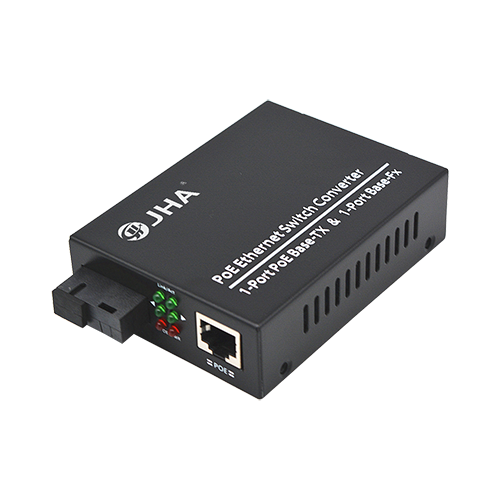
What is 1*9 optical module?
The 1*9 packaged optical module product was first produced in 1999. It is a fixed optical module product. It is usually directly cured (soldered) on the circuit board of the communication equipment and used as a fixed optical module. Sometimes it is also called a 9-pin or 9PIN optical module. . A...Read more -
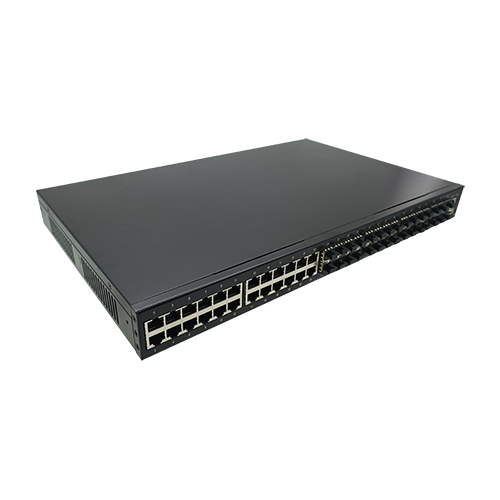
What is the difference between Layer 2 and Layer 3 switches?
1. Different working levels: Layer 2 switches work at the data link layer, and Layer 3 switches work at the network layer. Layer 3 switches not only achieve high-speed forwarding of data packets, but also achieve optimal network performance according to different network conditions. 2. The prin...Read more -
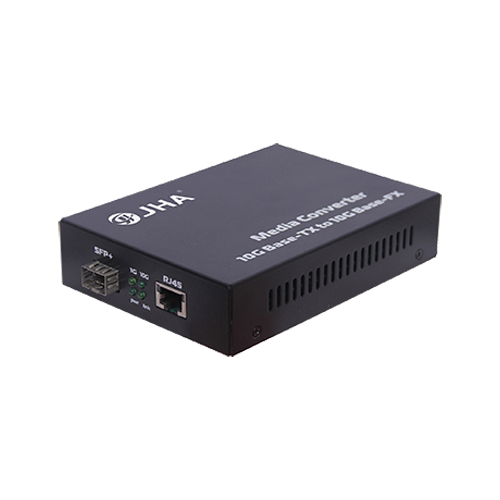
How to use fiber optic transceivers?
The function of fiber optic transceivers is to convert between optical signals and electrical signals. The optical signal is input from the optical port, and the electrical signal is output from the electrical port, and vice versa. The process is roughly as follows: convert the electrical signal ...Read more -

How Managed Ring Switches Work?
With the development of the communication industry and the informatization of the national economy, the managed ring network switch market has grown steadily. It is cost-effective, highly flexible, relatively simple and easy to implement. Ethernet technology has become an important LAN network te...Read more





